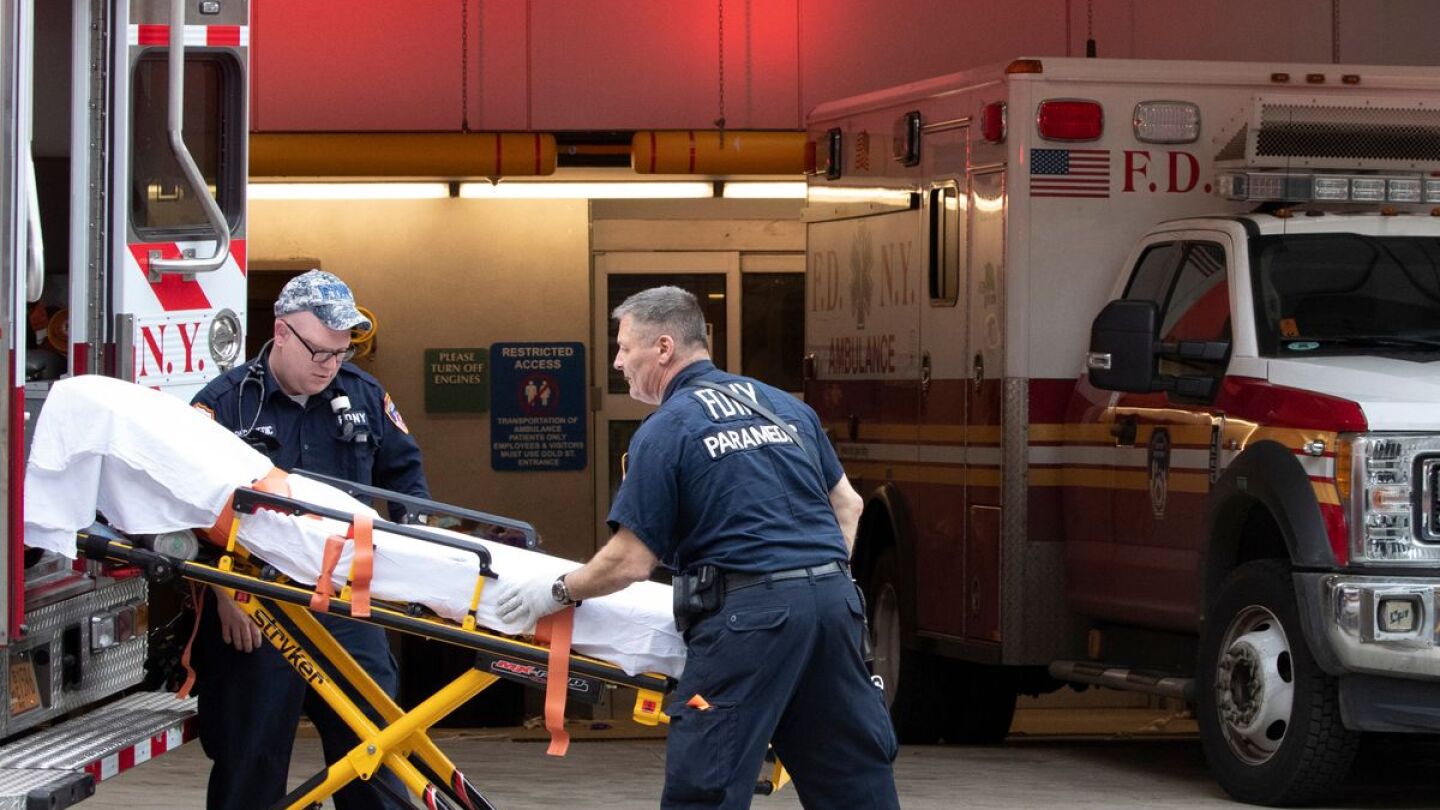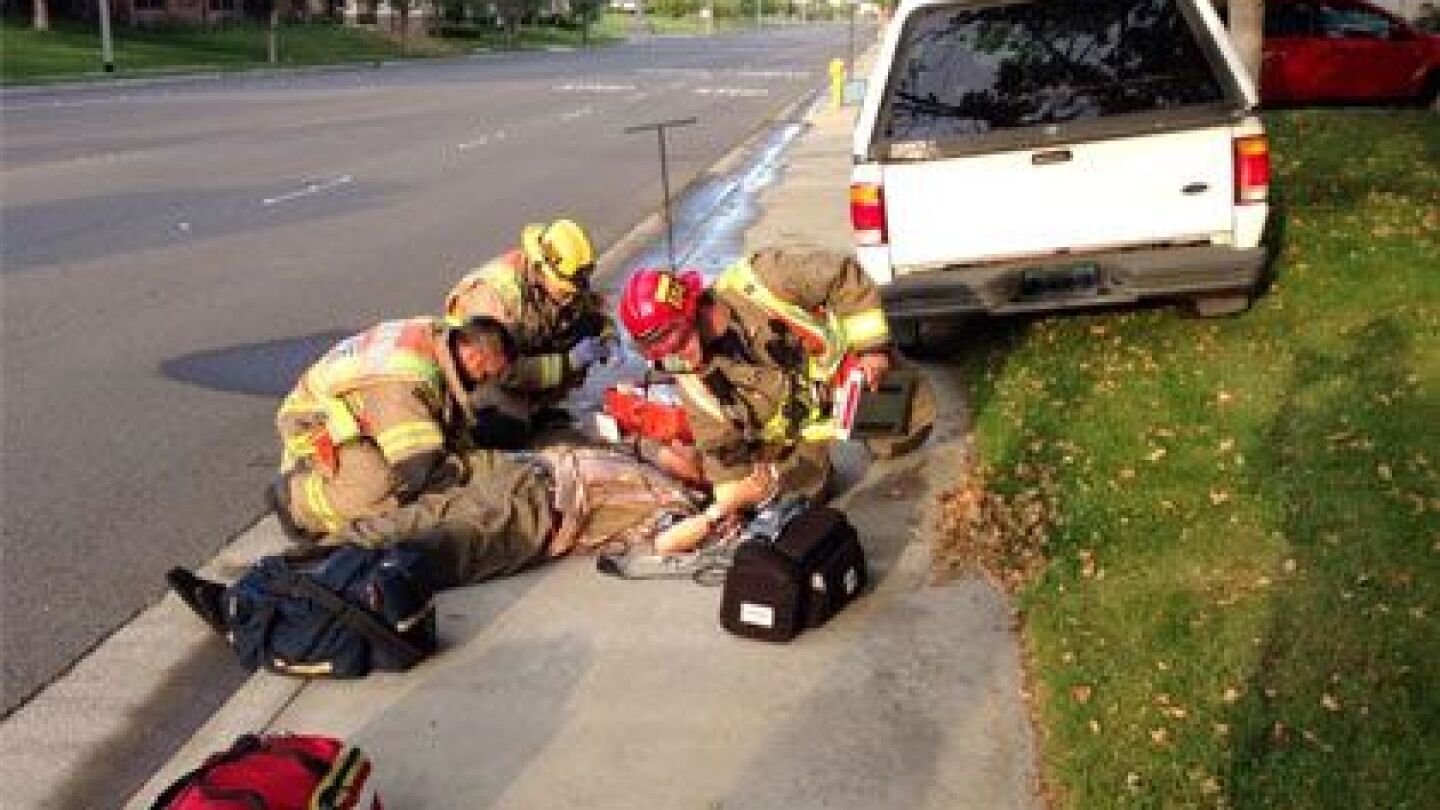Medical Monitoring
The Medical Monitoring topic contains news and information about medical monitoring, outlines the current trends and what the future may hold for EMS providers.
Managing high-risk/difficult refusals with the FEARS mnemonic
Compare the latest glucometers with cutting-edge features, from fast results to app integration, and find your perfect match today
For new EMTs and paramedics there is nothing more important than improving your patient assessment skills; learn and follow these field proven tips
You are dispatched to a bank for a woman who is weak and lethargic.
Here’s how EMS recognition and initiation of interventions can lower sepsis mortality
A single prehospital treatment protocol for respiratory distress from asthma or COPD is reasonable
Learn to distinguish and verify electrical and mechanical capture when using a transcutaneous pacemaker on a patient with symptomatic bradycardia
Focus on assessing and treating the patient’s basic life threats before interrogating bystanders or investigating the scene
Learn the signs and symptoms for this significant pediatric airway and ventilation emergency
Overexertion is a major issue for EMTs – refer to this infographic to identify these serious warning signs.
Look for these signs and symptoms to identify patients suffering from smoke inhalation and cyanide poisoning
Temperature, lactate and ETCO2 monitoring may provide field personnel with objective evidence to make a more accurate field diagnosis of systemic inflammatory response syndrome
In-depth insights into the expert recommendations for medications, airway insertion and confirmation, defibrillation and post-arrest care
In-depth insights into the expert recommendations for chest compressions, AED use and suspected opioid overdose
Use this method to identify landmarks as an alternative to the sternal notch placement of electrodes for acquiring a 12-lead ECG
EMS can determine when to administer nitroglycerine by utilizing the Lifepak 15 – placing EKG electrodes on the wrists and ankles in anticipation of running a full 12-lead EKG
Retirement is great; retirement with pain and disability is not — here’s how to stay healthier and happier
SA���ʴ�ý readers share their ideas
The EMS industry needs its own Steve Jobs
There’s been many developments over the years and this creates a gaze into a collective crystal ball for what the future might bring
Understanding the differences can lead to more precise prehospital treatment of patients with diabetes
This medication is notorious as a street drug and with good reason
The process should start with asking three fundamental questions
Monitoring ETCO2 with waveform capnography gives EMS providers real-time feedback to make treatment decisions and improve care for a multitude of medical problems and traumatic injuries
CPAP for emergency management of congestive heart failure and other respiratory emergencies has become the standard of care
12-lead EKG assessment is a critical diagnostic aid for patients with chest pain and other complaints associated with myocardial infarction
























